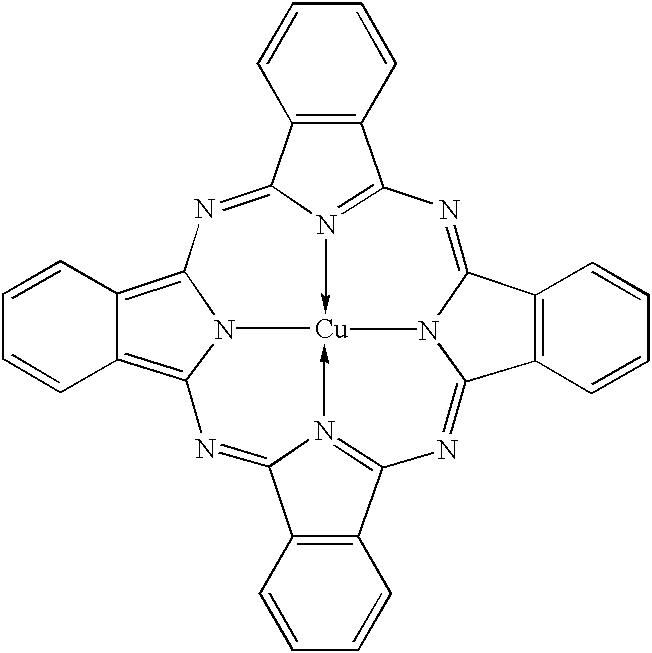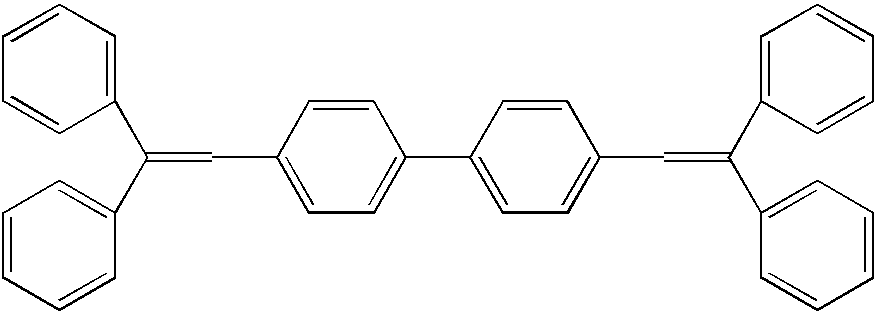Multi-colored organic EL device with protective layer
a multi-colored organic el and protective layer technology, which is applied in the direction of discharge tube luminescence screen, discharge tube/lamp details, electric discharge lamps, etc., can solve the problems of reducing the luminescence efficiency of elements, unable to find electro-luminescent materials of red color, and in particular good purity
- Summary
- Abstract
- Description
- Claims
- Application Information
AI Technical Summary
Benefits of technology
Problems solved by technology
Method used
Image
Examples
example 2
Coating liquid containing polystyrene and trialkoxysilane was spin-coated on the color conversion filter fabricated by the same method as in Example 1. After air-drying at 80.degree. C. and vacuum-drying at 120.degree. C, transparent and even protective layer of 7 .mu.m thick was obtained. An organic EL cell (anode, organic layer, and cathode) was formed on the protective layer in the same manner as described in Example 1.
example 3
Polycyclic olefin resin (Zeonex made by Nippon Zeon Co., Ltd.) diluted with toluene was spin-coated on the color conversion filter fabricated by the same method as in Example 1, and vacuum-dried at 120.degree. C. to obtain a protective layer which is transparent and even, and has 7 .mu.m thick. Tg of the protective layer formed was 130.degree. C. An organic EL cell (anode, organic layer and cathode) was formed on the protective layer in the same manner as those described in Example 1.
PUM
 Login to View More
Login to View More Abstract
Description
Claims
Application Information
 Login to View More
Login to View More - R&D
- Intellectual Property
- Life Sciences
- Materials
- Tech Scout
- Unparalleled Data Quality
- Higher Quality Content
- 60% Fewer Hallucinations
Browse by: Latest US Patents, China's latest patents, Technical Efficacy Thesaurus, Application Domain, Technology Topic, Popular Technical Reports.
© 2025 PatSnap. All rights reserved.Legal|Privacy policy|Modern Slavery Act Transparency Statement|Sitemap|About US| Contact US: help@patsnap.com



